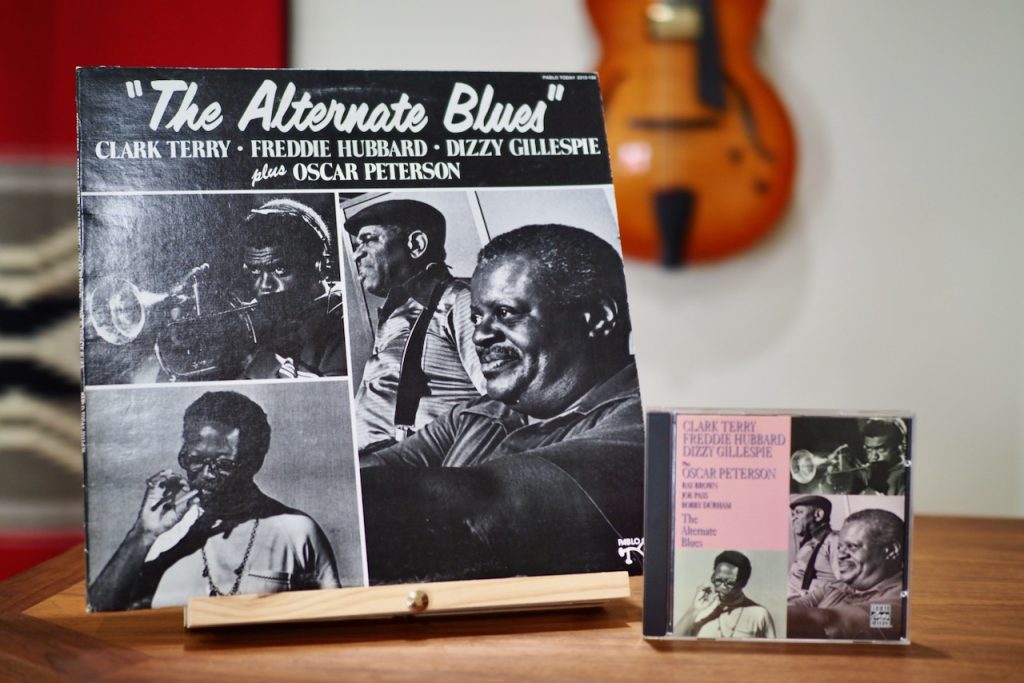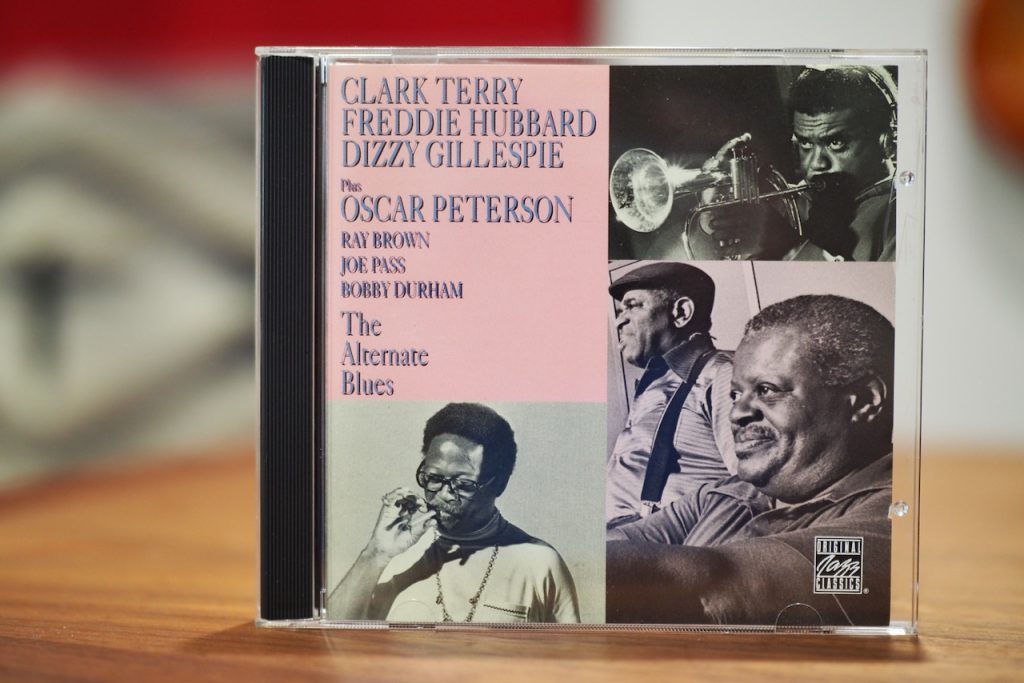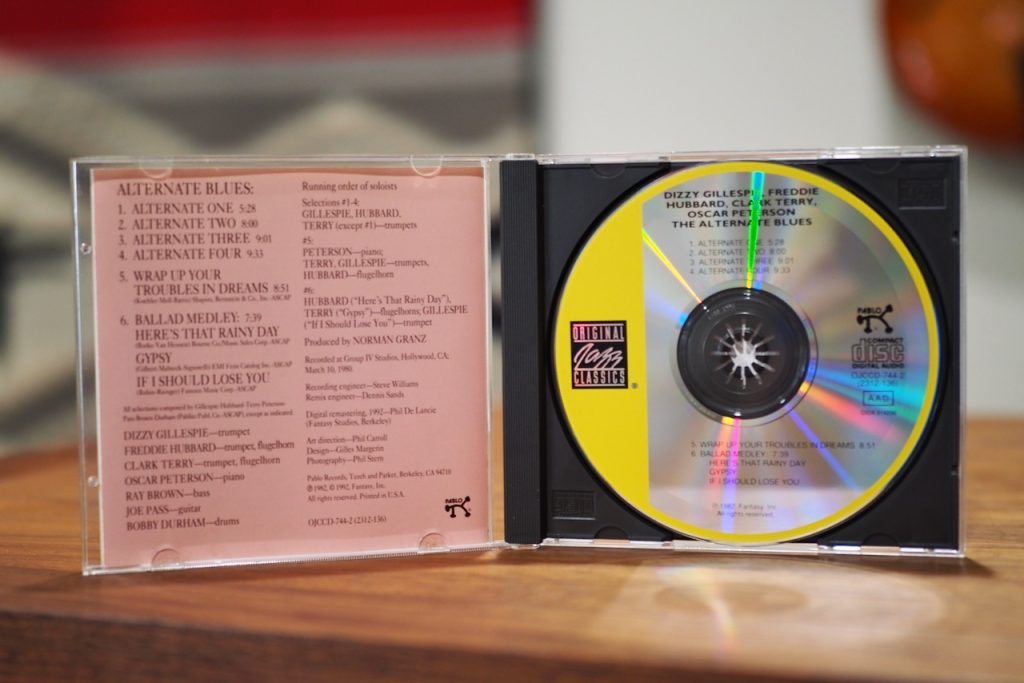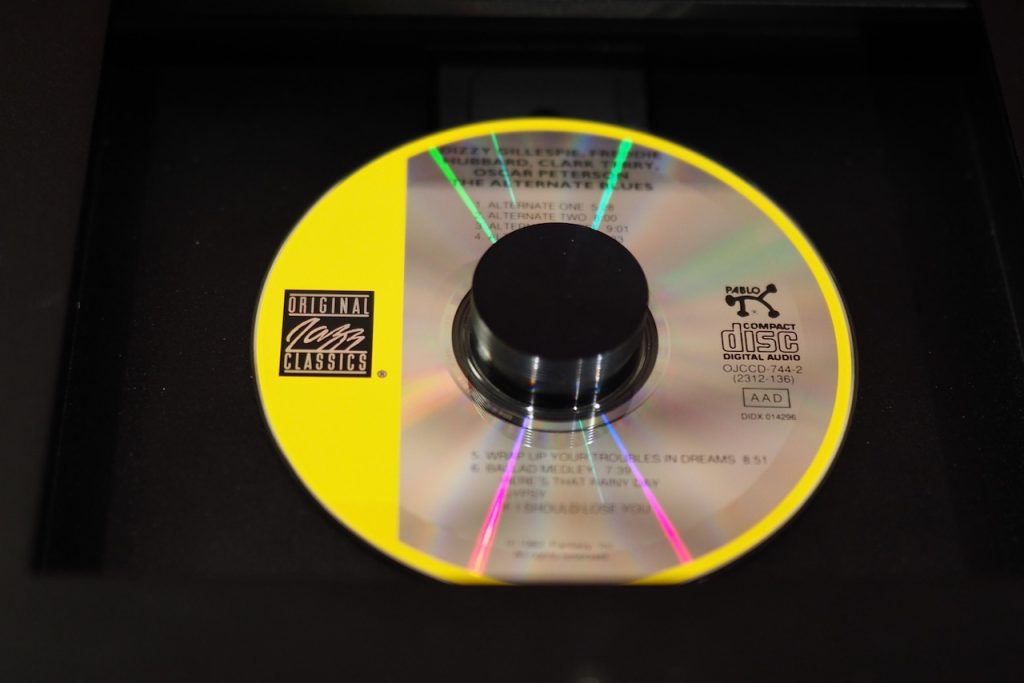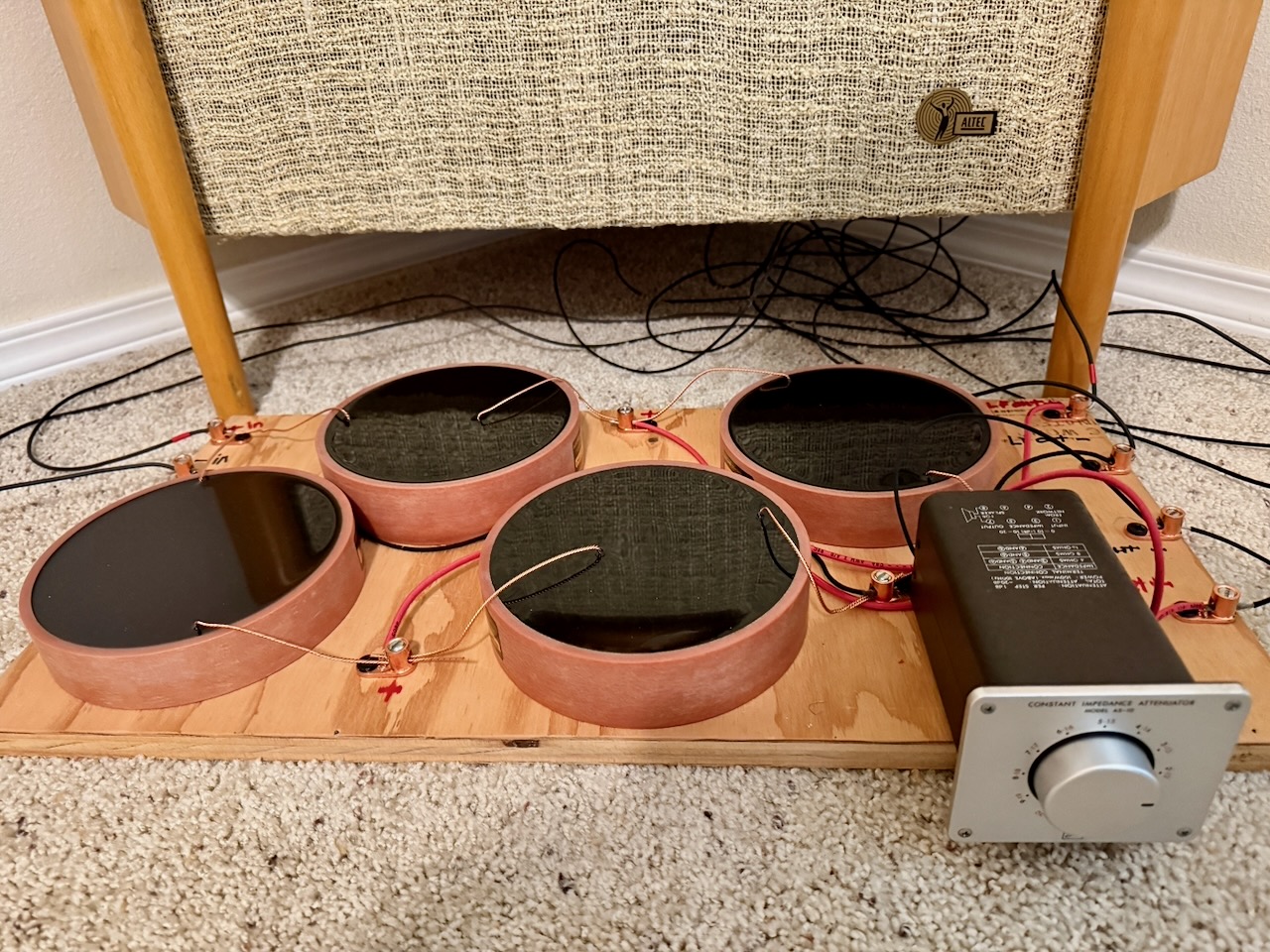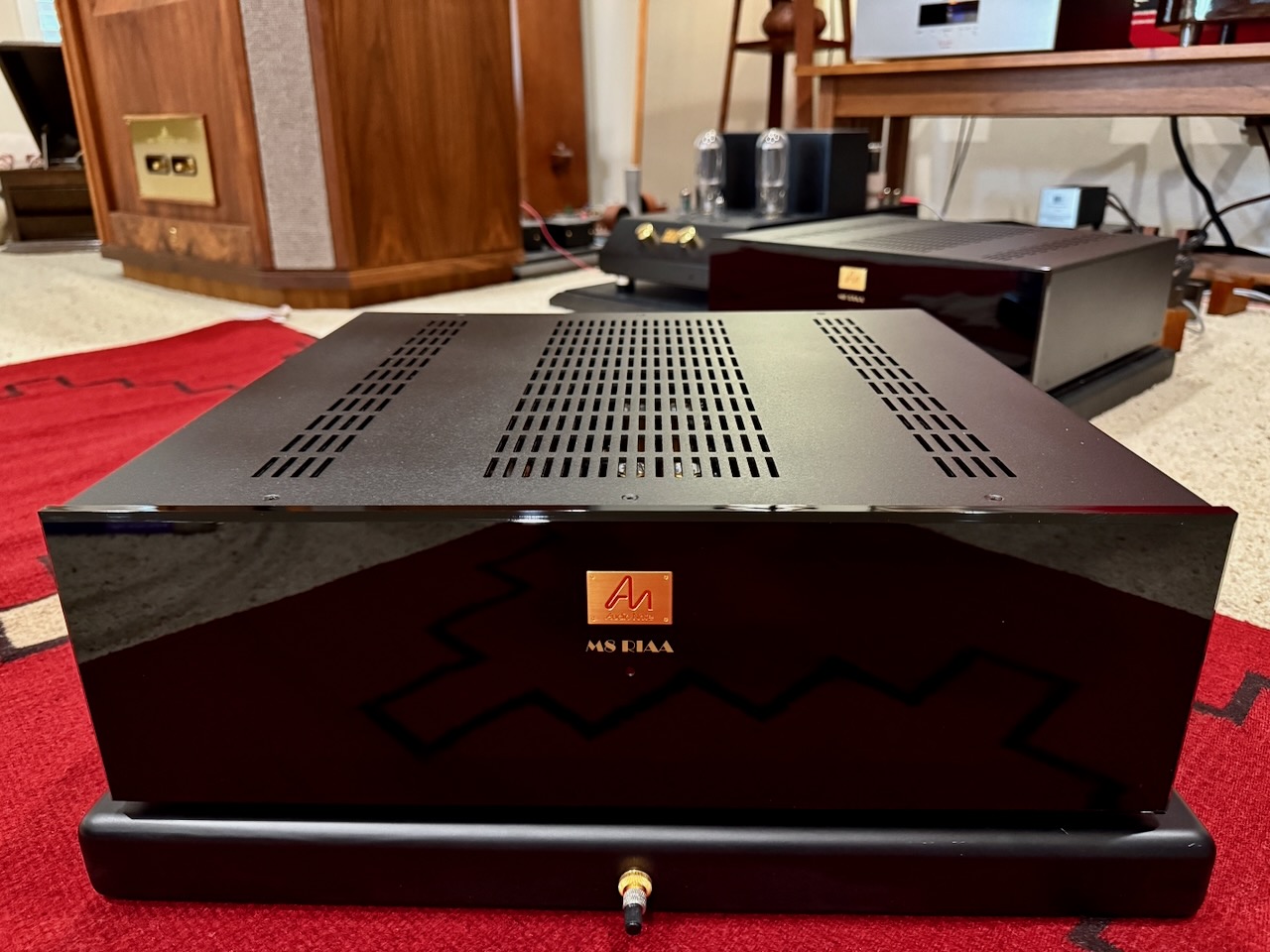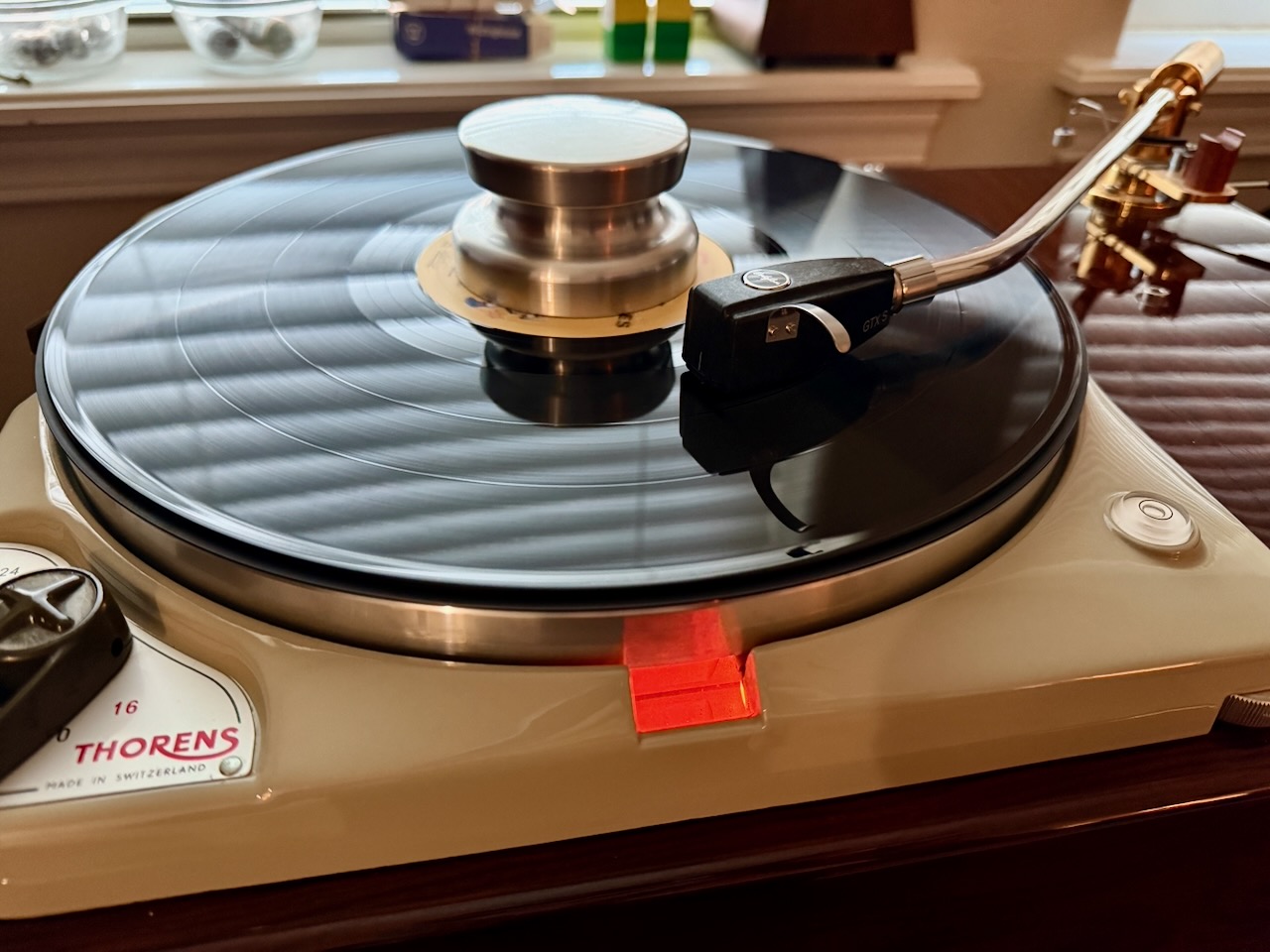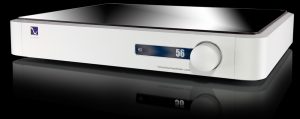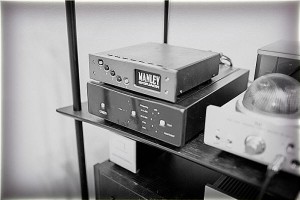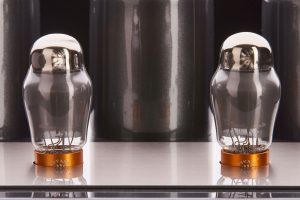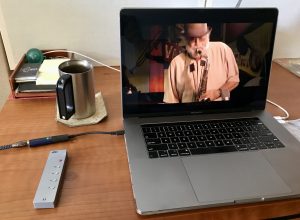Let me talk about a few vinyl and CD comparisons to give you an idea of how the CD 5.1x stacks up against my CTC Garrard 301 fitted with the Audio Note (UK) Io I moving-coil cartridge, and stepped up with the silver-wound Audio Note (UK) AN-S4 step-up transformer to feed the Meishu's phono stage.
The Audio Note (UK) Io I moving-coil cartridge and the silver-wound Audio Note (UK) AN-S4 step-up transformer combination elevated the LP playback of my CTC Classic Garrard 301 to a truly lofty level, and I really wondered if any digital source would ever be able to match that combination of musicality and sound quality that I was hearing from LPs.
As far as commonalities go, the CD 5.1x shares that same style of Audio Note (UK) high-fidelity voicing that I hear from the Io I MC cartridge and AN-S4 SUT combination, including the sense of drive and authority that the CTC Garrard 301 provides so readily with LPs.
Both the CD 5.1x and Io I MC cartridge & AN-S4 SUT combo told me a lot about the recordings I was listening to, whether vintage or recent, live or studio, and about how the analog or digital recordings were transferred to their respective CDs or LPs.
As I mentioned in my intro to this article, CD and vinyl both have their pros and cons in terms of dynamic range, dynamic compression, surface noise, frequency response, and accurately representing what is on a master recording.
Often recordings are mastered somewhat differently depending on if they are being issued on CD or LP, so I don't really expect them to sound exactly the same, but I do want both CDs and LPs to equally amaze me during playback in terms of musicality, sound quality, and emotional engagement.
I've got copes of The Alternate Blues on both LP and CD, so let's start there.
The Alternate Blues is a terrific sounding recording of exceptional music, and was recorded at Group IV Studios in Hollywood, California, in 1980 (released in 1982 on LP), and features the all-star jazz lineup of Clark Terry, Freddie Hubbard, Dizzy Gillespie, Oscar Peterson, Ray Brown, Joe Pass, and Bobby Durham.
The LP I have is the original Pablo pressing (2312-136) from 1982. The CD is the Original Jazz Classics OJCCD-744-2 version that was digitally remastered in 1992 by Phil De Lancie at Fantasy Studios in Berkeley, California.
Through the CD 5.1x the CD version of The Alternate Blues absolutely smoked the LP version both in sound quality and musicality, which surprised ol' analog me. Kudos to Phil De Lancie for doing such a stellar job on the remastering and transfer to digital.
The first thing I noticed was how much better Ray Brown's bass was balanced in the bass frequency range of the CD. On the LP it seemed like there was too much boost in the bass region, making Ray's bass sound boomy.
The lower midrange is where the lower order harmonics of most instruments live, and is typically thought of as the bass presence range. In The Alternate Blues the CD 5.1x provided considerably more clarity in the resolution of the timbral textures, and articulation of pitch, of Ray's bass—as well as Joe Pass's guitar (which was much more muted on the LP).
The first thing many listeners will notice in The Alternate Blues is Dizzy's muted trumpet. Playback of muted trumpet can be challenging for some audio systems and sources, as a muted trumpet can sound aggressive and fatiguing in systems that are not yet well sorted out.
Muted trumpet (800-1200Hz) occurs in the audio spectrum's midrange frequencies (500Hz - 2kHz), the same place as vocals. On both the LP and CD Dizzy's muted trumpet sounded timbrally correct, but the CD 5.1x presented a much more resolved image with greater nuances in evidence.
The upper midrange is where the attack on percussive instruments lives, with the sheen on cymbals (10-12kHz) extending into the brilliance region. On both the CD and LP I thought both the percussive attack on cymbals, and their higher frequency sheen, were superb, portrayed as being silky smooth, and very natural and life-like sounding.
On The Alternate Blues CD, I thought the CD 5.1x did a better job in the presence region, providing more clarity and definition than with the LP.
I also thought that in the brilliance region the CD 5.1x bettered what I heard from the LP, by providing more sparkle and air in the recording, while never sounding "hi-fi" in that negative sense that I hear from some remastered albums (i.e. there was no nasty sounding unnatural 'hi-fi' boost in the 12kHz region).
From a visuospatial perspective, the imaging on the CD was noticeably better than the LP, with a more vivid presence in the recorded 'space' of the soundstage.
Pretty much everything in terms of musicality and sound quality were better through the CD 5.1x playing the CD, versus my turntable playing the LP.
I've never heard The Alternate Blues sound as impressively good as it did through the CD 5.1x.
The elephant in the room was that a CD player soundly outperformed a top-notch turntable by a significant amount playing The Alternate Blues.




